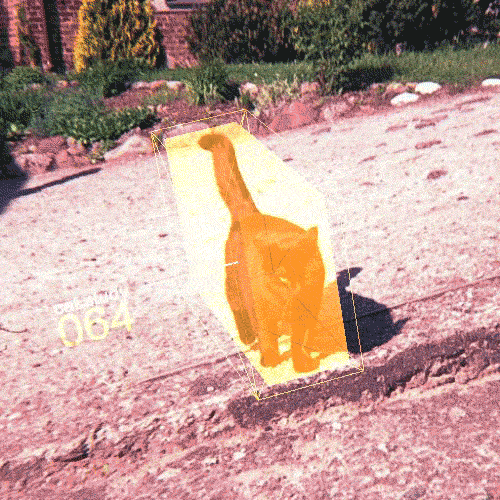You need active glasses or dolby3D glasses for projected 3D.DLP chips are very fast . What was that 3d gif creator software? Where the pixels shift fast to give a 3d effect. Somebody had that jurasic park dinosaur avatar on neogaf.
Imagine a DLP projector with a LED light source. The projector runs at 240hz and takes the 60hz feed from xbox 720 and the DLP software wobulates each pixel 4 times.
Wobbling isn't 3D, it's an optical illusion. If you'd wobble the image at 240Hz all you'd get is a shaky blur.


